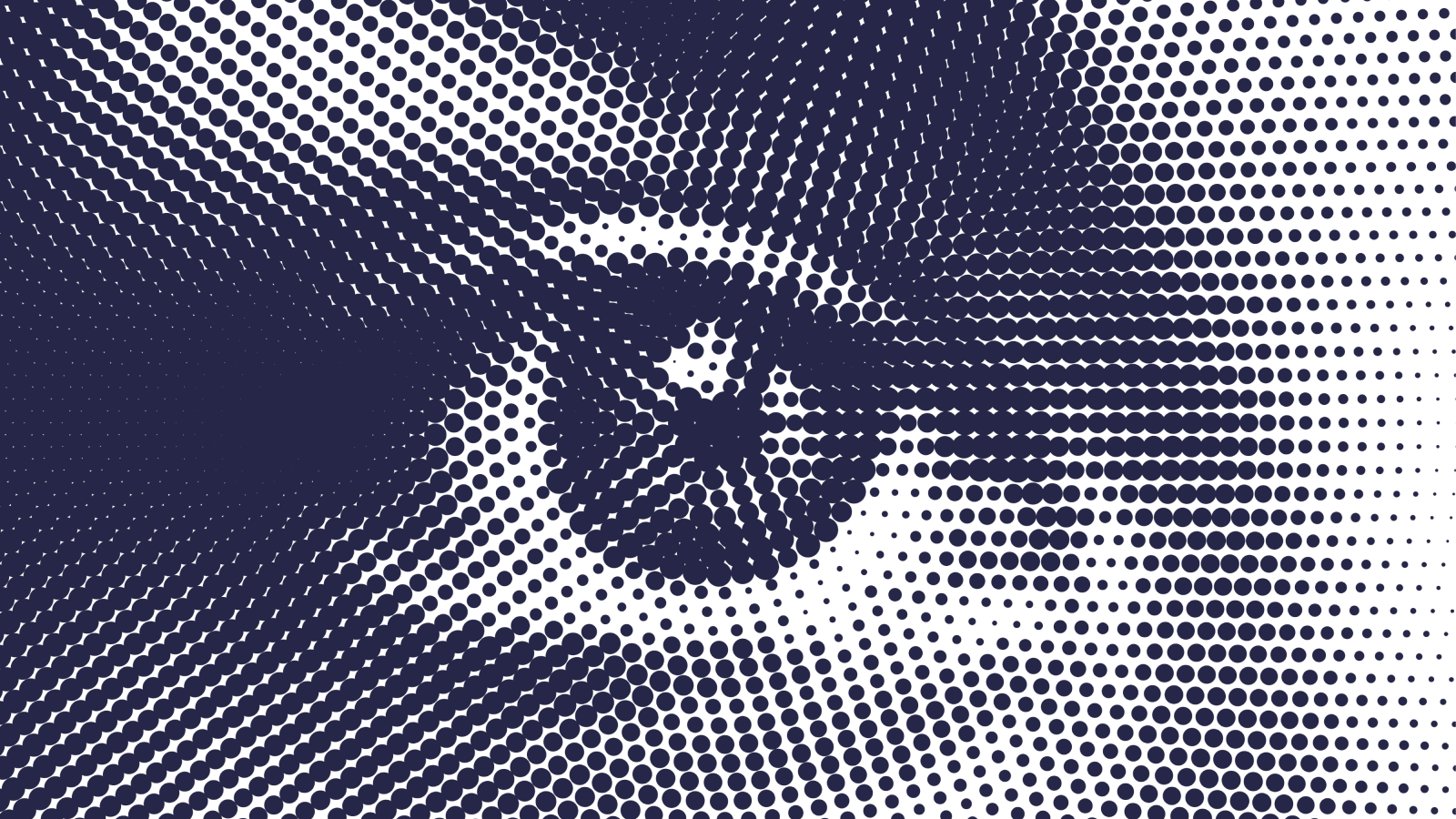Party Animals: Early Human Culture Thrived in Crowds
Party planners know that scrunching a bunch of people into a small space will result in plenty of mingling and discourse.
A new study suggests this was as true for our ancestors as it is for us today, and that ancient social networking led to a renaissance of new ideas that helped make us human.
The research, which is published in the June 5 issue of the journal Science, suggests that tens of thousands of years ago, as human population density increased so did the transmission of ideas and skills. The result: the emergence of more and more clever innovations.
"Our paper proposes a new model for why modern human behavior started at different times in different regions of the world, why it disappeared in some places before coming back, and why in all cases it occurred more than 100,000 years after modern humans first appeared," said study researcher Adam Powell of the Arts and Humanities Research Council Centre for the Evolution of Cultural Diversity at University College London.
The idea that demography is linked to modern human behavior has been around for decades, but this is the first time scientists have run computer models and actually tested out different hypotheses, said Richard Potts, an anthropologist and director of the Human Origins Program at the Smithsonian Institution's National Museum of Natural History in Washington, D.C.
Potts, who was not involved in the current study, applauded the team for not relying solely on computer models but also including genetic and archaeological data to make their argument.
Modern humans
Get the world’s most fascinating discoveries delivered straight to your inbox.
Scientists have known that anatomically modern humans, or Home sapiens, (characterized by big brains and other features we sport today), were around at least 160,000 to 200,000 years ago. Some thought boosts in brain power or advances in language led to modern human behavior, which includes the crafting of abstract and realistic art, body decoration, musical instruments and hunting and trapping technologies.
But our big brains didn't seem to bear any cultural fruit until much later. In fact, archaeological evidence of art and technology beyond basic stone tools doesn't appear until about 90,000 years ago in sub-Saharan Africa. There, remnants of modern human behavior disappeared around 65,000 years ago and then re-emerged about 40,000 years ago.
"In Europe and western Asia this advanced technology and behavior explodes around 45,000 years ago when humans arrive there, but doesn't appear in eastern and southern Asia and Australia until much later, despite a human presence," said study team member Stephen Shennan of the University College London's Institute of Archaeology.
Sharing ideas
The researchers ran computer simulations of different population densities, grouping humans into subpopulations that migrated. The model revealed that at a certain subpopulation density there was an accumulation of ideas and skills. To figure out whether this phenomenon of skill-sharing was real, the team used genetic data to estimate population sizes in different regions at different times. Sure enough, when the critical population density was reached or there was a certain degree of migration between subgroups there was also archaeological evidence of modern human behavior.
"As population density increases, people migrate between groups more," Thomas said during a telephone interview. "That increases the probability that any skill that's difficult to learn doesn’t get lost or decay."
For instance, population density was similar in sub-Saharan Africa, Europe and the Middle East when modern behavior first appeared in these regions. Results also showed that population density would have dropped due to climate changes at the time when modern human behavior temporarily disappeared in sub-Saharan Africa.
"The basic idea conceptually is you can have individuals who are really great at inventing ideas and concepts and ways of approaching the world, but you need a certain population density to be able to have that stuff catch hold and spread," Potts told LiveScience.
He added, "You could imagine that there may have been very innovative individuals on occasion, but with very small population sizes and mobile foragers who didn’t run into other groups very often, those innovations were probably very short-lived and almost invisible in the archaeological record."
The research was supported by the AHRC Centre for the Evolution of Cultural Diversity and the Wissenschaftskolleg zu Berlin.
- Top 10 Missing Links
- The Science of Being Human
- Timeline of Human Evolution
Jeanna Bryner is managing editor of Scientific American. Previously she was editor in chief of Live Science and, prior to that, an editor at Scholastic's Science World magazine. Bryner has an English degree from Salisbury University, a master's degree in biogeochemistry and environmental sciences from the University of Maryland and a graduate science journalism degree from New York University. She has worked as a biologist in Florida, where she monitored wetlands and did field surveys for endangered species, including the gorgeous Florida Scrub Jay. She also received an ocean sciences journalism fellowship from the Woods Hole Oceanographic Institution. She is a firm believer that science is for everyone and that just about everything can be viewed through the lens of science.
